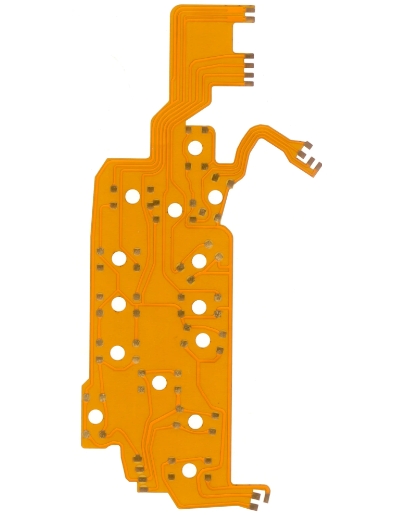
As of my last knowledge update in September 2021, there are several reputable manufacturers known for producing high-quality Flexible Printed Circuit Boards (Flexible PCBs). However, the landscape of PCB manufacturing is dynamic, and rankings can change over time. To find the top Flex PCB manufacturer for quality solutions in 2023, you should consider factors such as your specific requirements, budget, location, and project scale.
Here are some well-known Flexible PCB manufacturers that have had a good reputation for quality:
Molex: Molex is a global leader in electronic solutions and offers a wide range of Flex PCB solutions.
Flex Ltd. (formerly Flextronics): Flex is a major electronics manufacturing services provider with expertise in Flex PCB manufacturing.
I-PEX: I-PEX is known for high-quality connectors and interconnect solutions, including Flex PCBs.
Rogers Corporation: Rogers specializes in advanced materials for Flex and Rigid-Flex PCBs, which are often used in high-frequency and high-performance applications.
Jabil: Jabil is a well-known contract manufacturer that offers Flex PCB solutions as part of its comprehensive electronics manufacturing services.
Sumitomo Electric Industries: Sumitomo Electric is a global company that provides a wide range of electronic products, including Flex PCBs.
TTM Technologies: TTM Technologies is one of the largest PCB manufacturers globally, offering Flex and Rigid-Flex solutions.
Fujikura: Fujikura is a Japanese company with a strong presence in the Flex PCB market.
Shenzhen Kinwong Electronic Co., Ltd.: This is a Chinese company known for manufacturing high-quality Flex PCBs.
Flexible Circuit Technologies, Inc.: Flexible Circuit Technologies is a U.S.-based manufacturer specializing in Flex and Rigid-Flex PCBs.
When choosing a Flex PCB manufacturer, it’s essential to consider your specific requirements, including the type of Flex PCB (single-sided, double-sided, multi-layer, or Rigid-Flex), material requirements, quality standards, and budget constraints. Additionally, you should also take into account factors such as lead times, customer support, and your location’s proximity to the manufacturer.
To find the most up-to-date and suitable Flex PCB manufacturer for your specific project now, it’s advisable to conduct thorough research, request quotes, and even visit potential manufacturing facilities to assess their capabilities and quality control processes.
We are your one-stop China PCB Manufacturer for rigid-flex and flex PCBs. We are a high-quality quick turn prototype flex and rigid flex PCB manufacturer. Please send your Gerbers/specs via email today for a fast and secure quote.

Learn more about our prototype and production flexible and rigid-flex PCB fabrication services. Get low-to-high volume rigid-flex, and flex PCB quantities manufactured with industry leading quick turnaround times for rigid-flex and high-density interconnects (HDI) PCBs. We pride ourselves on on-time delivery. Let us know how we can help with your next mission-critical flex circuit board.
Lots of customers come to buy flex PCB and rigid flexible PCB. We keep All types PCB material in stock, if you need any of them, welcome to contact us for the price and datasheet. Our email is service@pcbsky.com